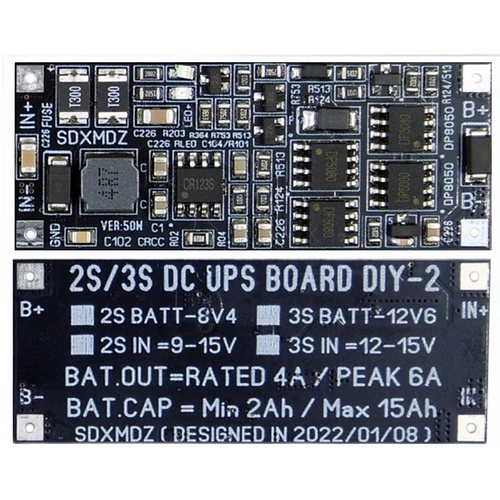Using buck would decrease output voltage meaning you’ll need to put cells in series and you’ll also need to have BMS to balance charge.
In PD power bank, they usually put 2 big batteries in parallel, though they are often limited to 18W.
The module mentioned on the first post seems only support 5V input for charging, .
I guess this is expected voltage to charge 1S li-on batteries.
but the usb-c pd will most likely activate the max voltage on the rock 5B which means the module will not be suitable
quoting product page:
When the power supply is powered, the power supply directly supplies power to the load through the boost circuit, while charging the lithium battery. Once the power supply is cut off, the battery path is automatically started to supply power to the load through the boost circuit.
In both cases boost is used to scale voltage either from 5v ( if powered) or batterie voltage (around 3.7V), why do you see it as an issue?
The only downside I see is somewhat limited 15W output power but it shouldn’t be hard to find something delivering more power through boost converter. In e-cig it can go above 80W on single cell.
I found a module that output the battery voltage instead of using a buck or boost module, it can output upto 50W, it runs 3S battery. However, it seems only support input upto 15V. If the rock 5B negotiates a PD 20V, it might be possible that it can break the ups module.
That will be for sure more efficient not to use buck/boost, but voltage would be more around 9V at low charge and 12V a full charge? Usually PD only allows certain voltage to be negotiated, in that case I would presume it won"'t allow rock5B to negotiate 20V?



